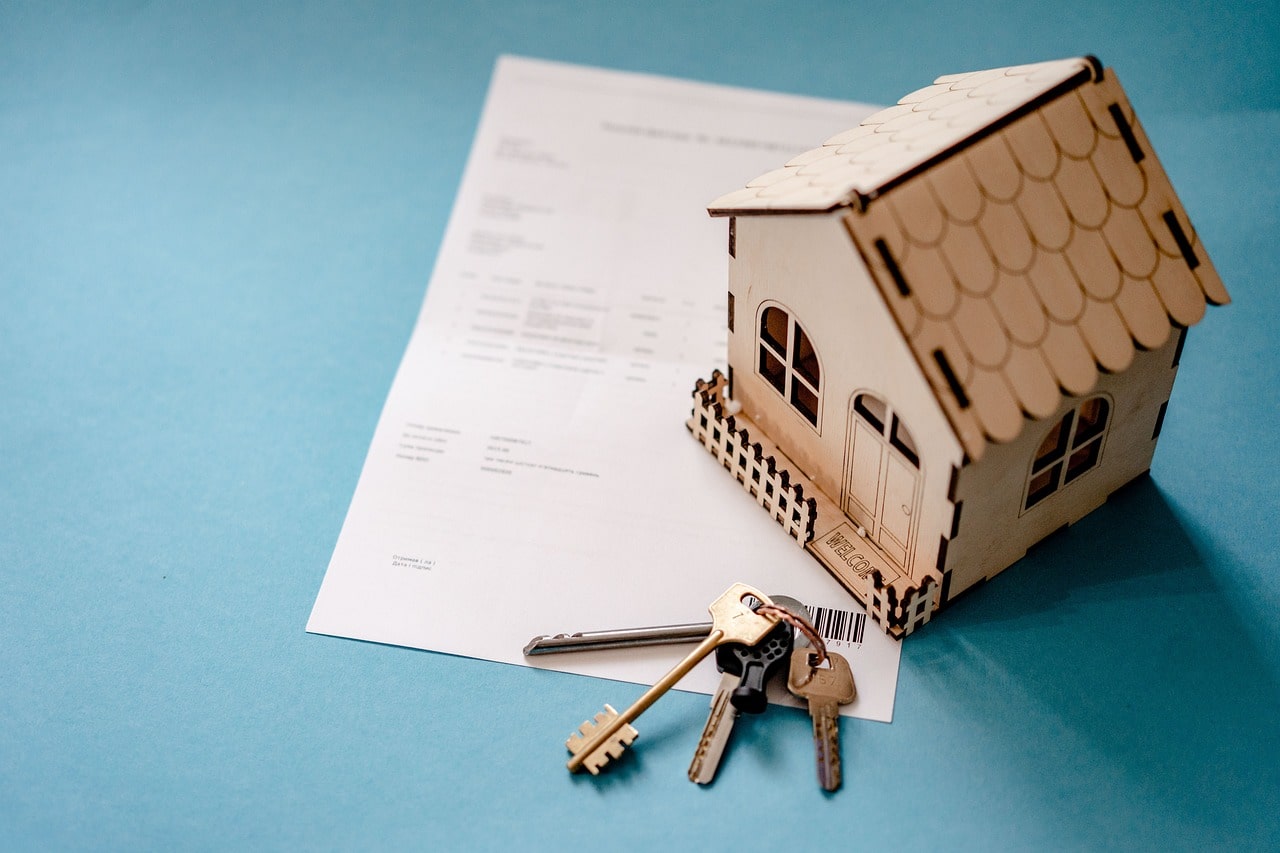Are you wondering how to file a roof insurance claim? We’ve got you covered. In this article, as roofers in Athens, GA, we’ll walk you through the process step by step. We’ll help you assess the damage, gather the necessary documentation, and contact your insurance company.
We’ll also guide you in filing the claim and negotiating for a fair settlement. Don’t stress about the process – we’re here to simplify it. Let’s get started!
Assessing the Roof Damage
We will now assess the roof damage by conducting a thorough inspection. Conducting a roof inspection is essential for assessing the damage’s magnitude and identifying the required repairs.
It is recommended to hire a professional to perform the assessment, as they have the expertise and knowledge to identify any potential issues.
Throughout the inspection, the expert will meticulously scrutinize the roof, searching for indications of damage such as absent or damaged shingles or flashing, leaks, or structural concerns.
They will also assess the roof’s overall condition, including its age and maintenance history. This professional assessment will accurately evaluate the damage, which is essential when filing an insurance claim.
It ensures you have the necessary evidence to support your claim and receive proper repair compensation.
Gathering Documentation and Evidence
To gather the necessary documentation and evidence for your roof insurance claim, compiling a comprehensive file of all relevant information is crucial.
This includes taking photographs of the roof damage from different angles and distances. Photographs provide visual evidence of the extent and severity of the damage, which can be instrumental in supporting your claim.
Additionally, obtaining witness testimonies can further strengthen your case. Witnesses who saw the damage occur or have knowledge of the roof’s condition before the incident can provide valuable insights and credibility to your claim.
Be sure to document their contact information and ask them to give a written statement detailing what they witnessed. Gathering photographs and witness testimonies can build a strong case and increase your chances of a successful roof insurance claim.
Contacting Your Insurance Company
Once we have gathered all the necessary documentation and evidence, it is vital to contact our insurance company. When contacting our insurance provider, we should be prepared to provide them with all the relevant information about our roof damage.
This encompasses information regarding the incident, encompassing details like the date and time of occurrence, as well as the degree of damage.
We must familiarize ourselves with the claims process outlined by our insurance company, as each provider may have different procedures in place.
During the conversation, we should inquire about our insurance coverage and what is included in our policy. This will help us understand what expenses may be covered and what documentation will be required for the claim.
Filing the Roof Insurance Claim
After contacting our insurance company and providing them with all the necessary information, it is time to begin filing the roof insurance claim.
The first step is to review your roof insurance coverage to understand what is covered and what is not. This will help you determine if your claim is eligible for reimbursement.
Next, gather all the supporting documentation, such as photos, videos, and receipts, to provide evidence of the damage and the cost of repairs. Document any temporary repairs you have made to prevent further damage. Once you have all the necessary information, submit your claim to the insurance company.
They will assign an adjuster to evaluate the damage and determine the payout. It is essential to be patient throughout the roof repair process and follow up with the insurance company as needed.
Negotiating and Settling the Claim
Continuing the process of filing a roof insurance claim, we now move on to negotiating and settling the claim.
When negotiating the claim, it’s crucial to have a strategy in place. Start by thoroughly documenting the damage and gathering evidence to support your claim.
This will give you leverage during negotiations. Be prepared to present your case clearly and assertively, highlighting the extent of the damage and the cost of repairs.
It’s also helpful to research and understand the terms of your insurance policy so you can negotiate from a position of knowledge.
Once negotiations are complete, the claim settlement process begins. This involves agreeing with the insurance company on the amount they will pay for the repairs.
It’s crucial to carefully review the settlement offer and ensure it covers all necessary repairs. If necessary, you can negotiate further to come to a fair resolution.
